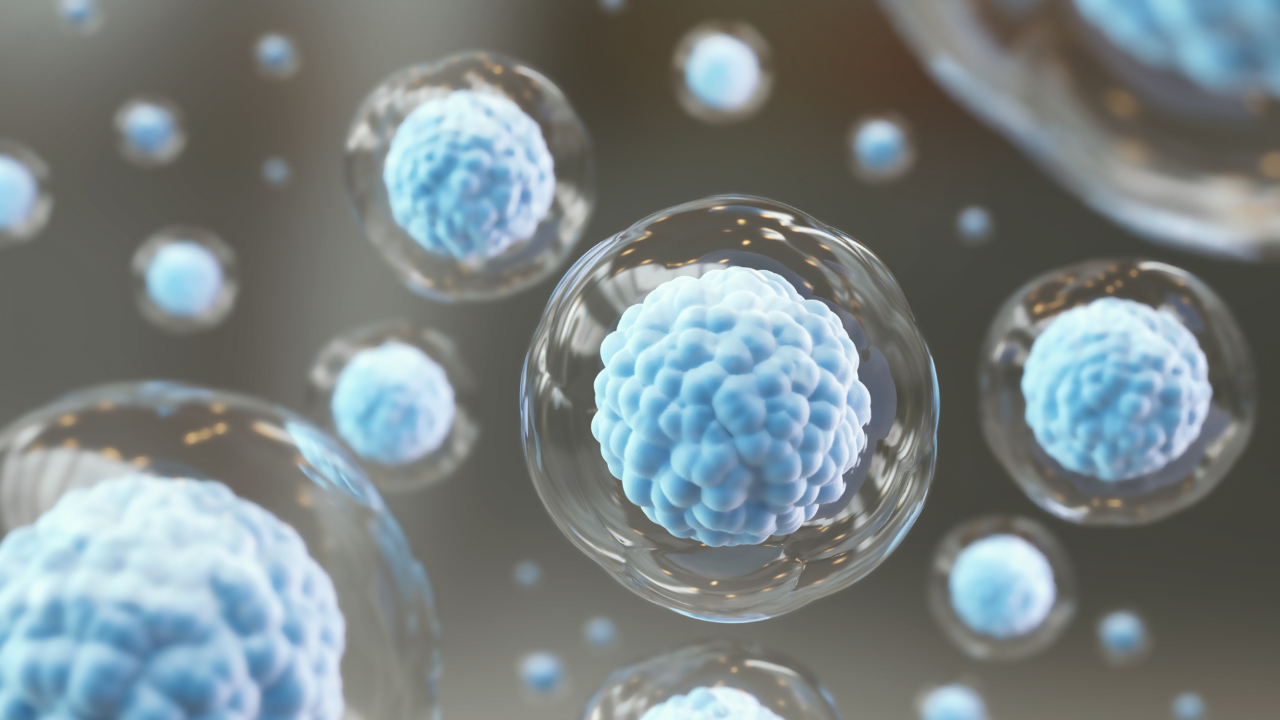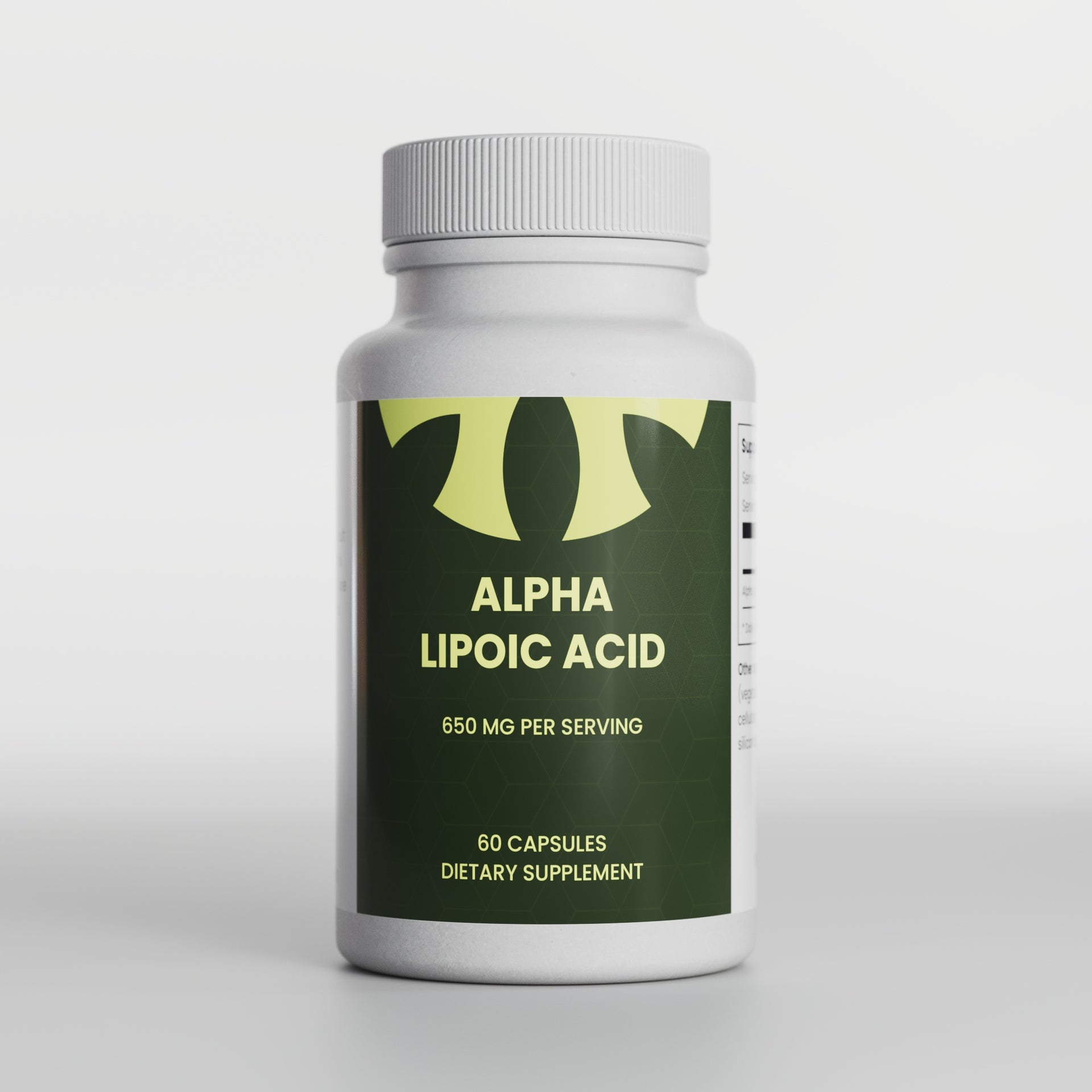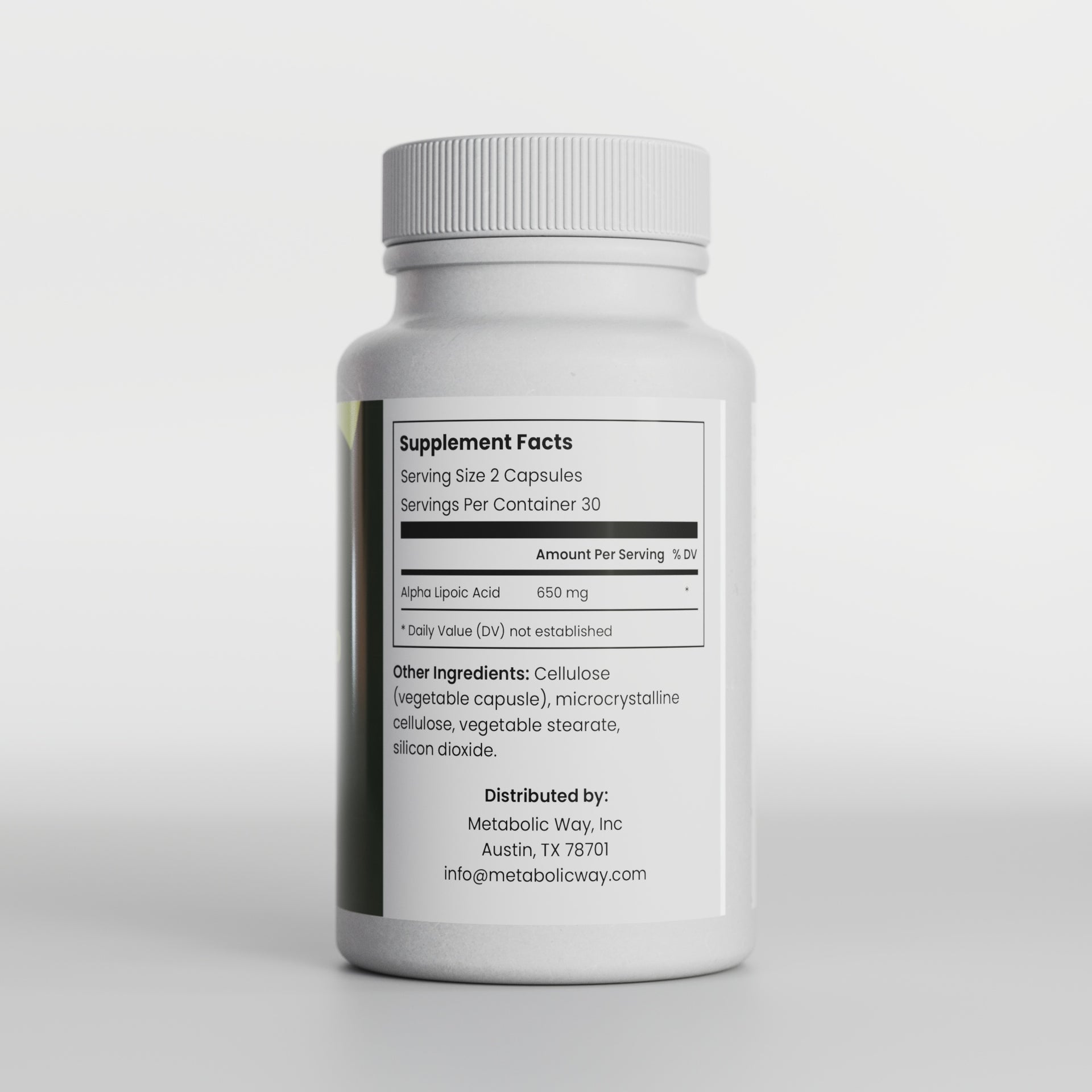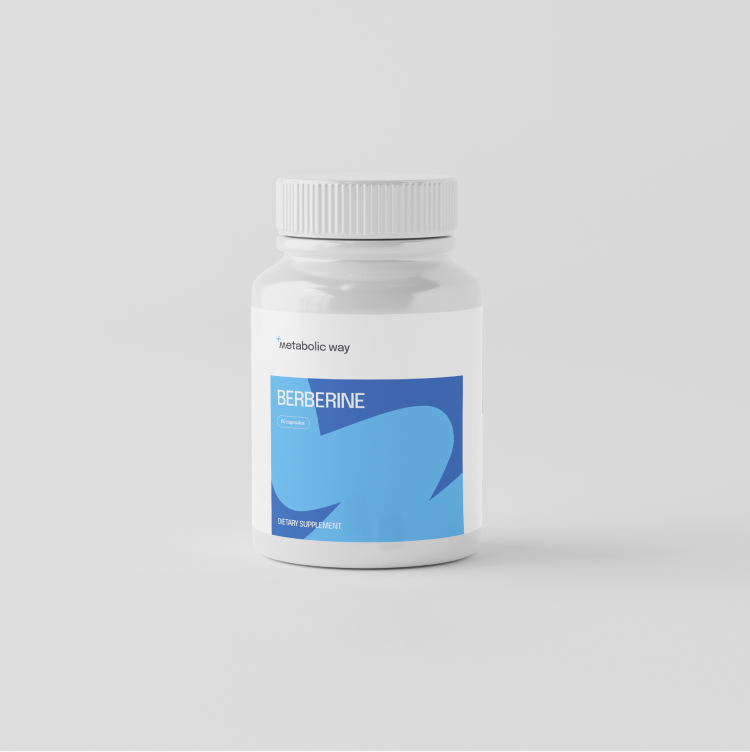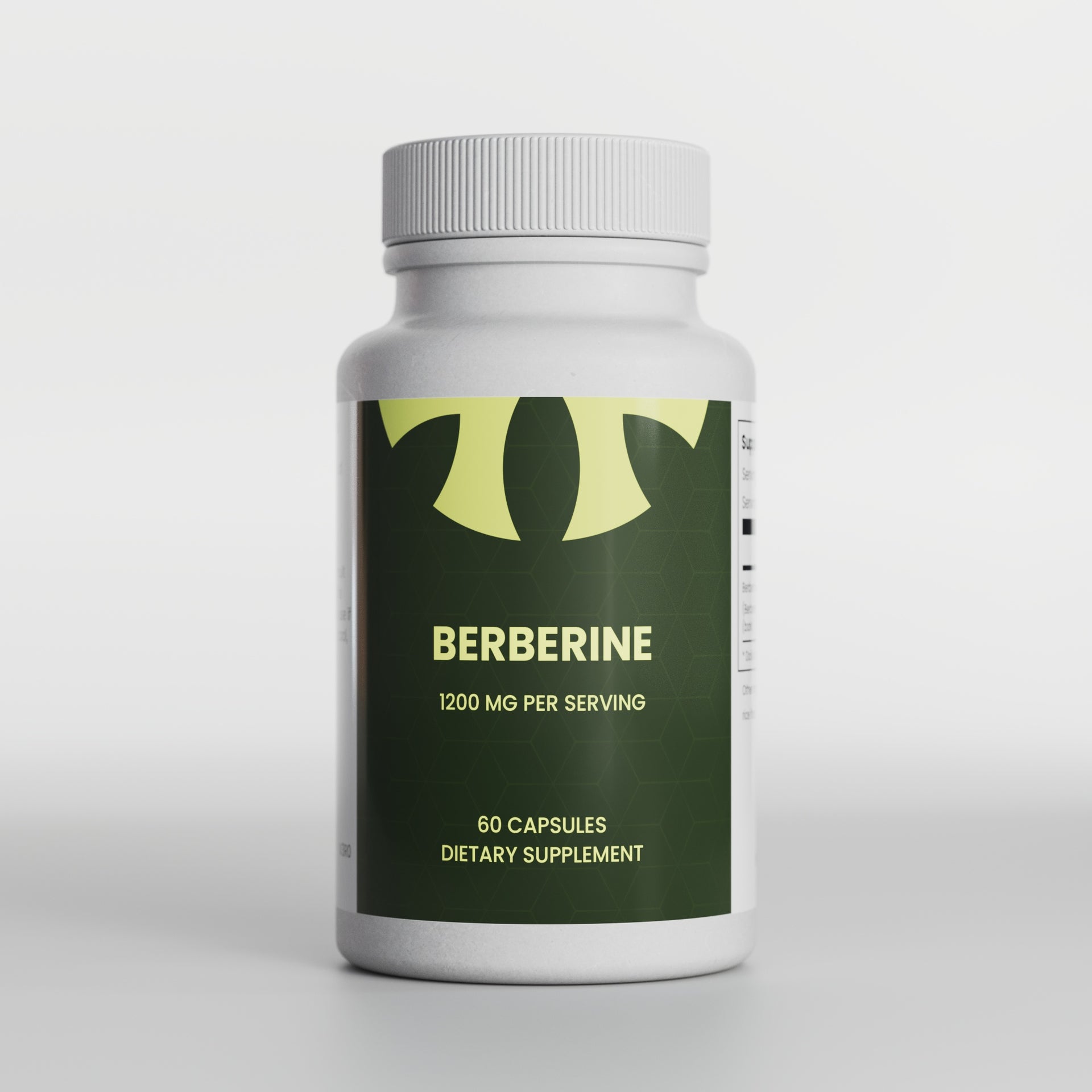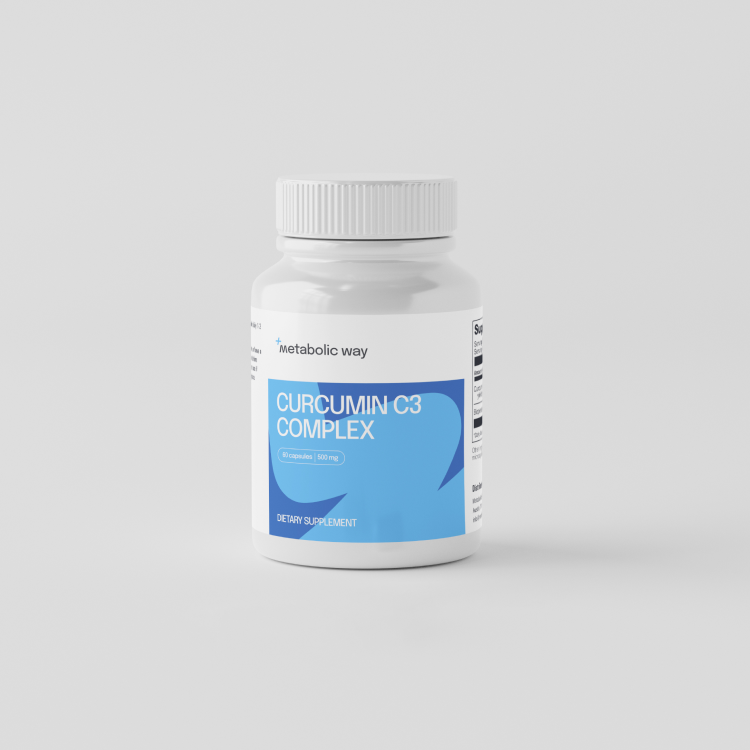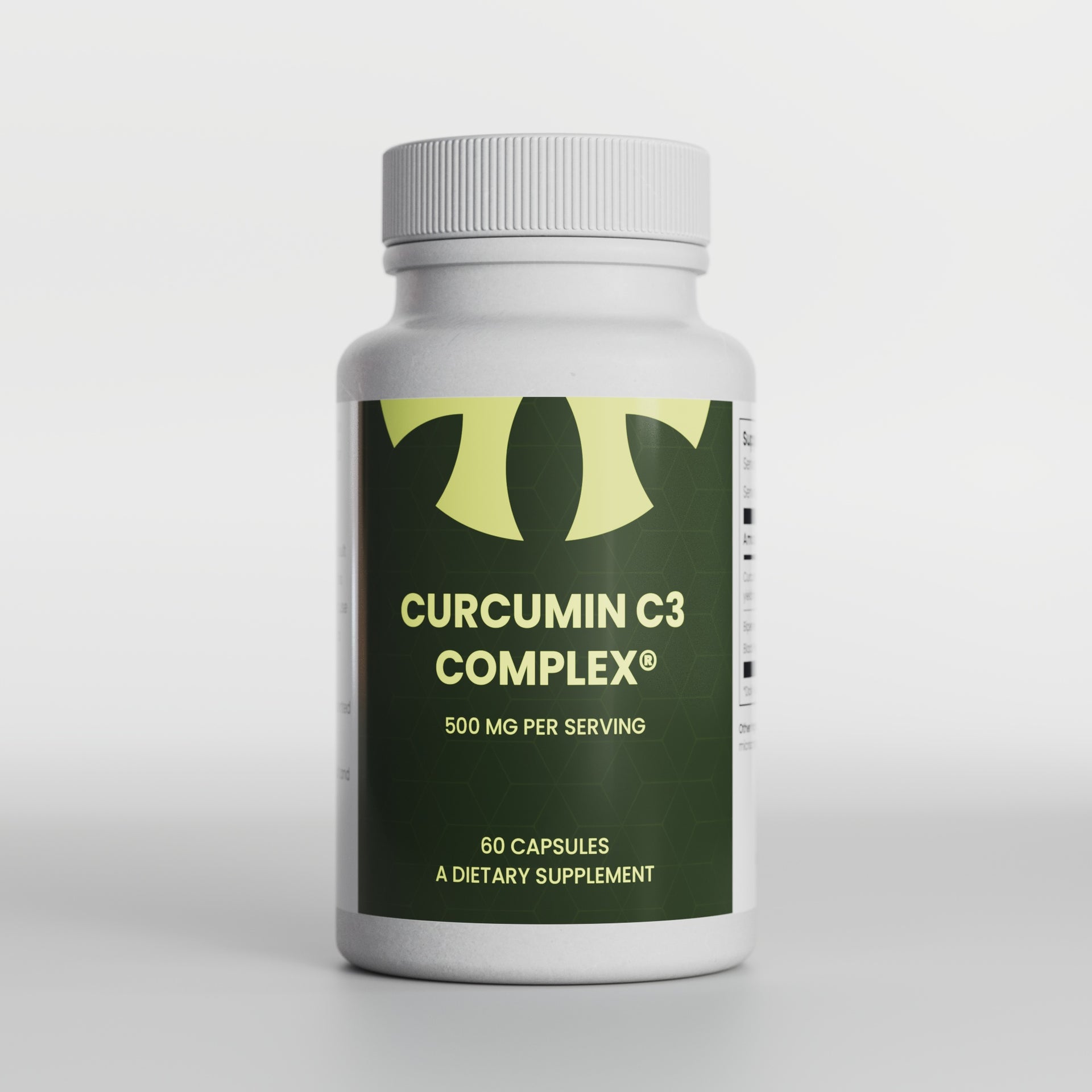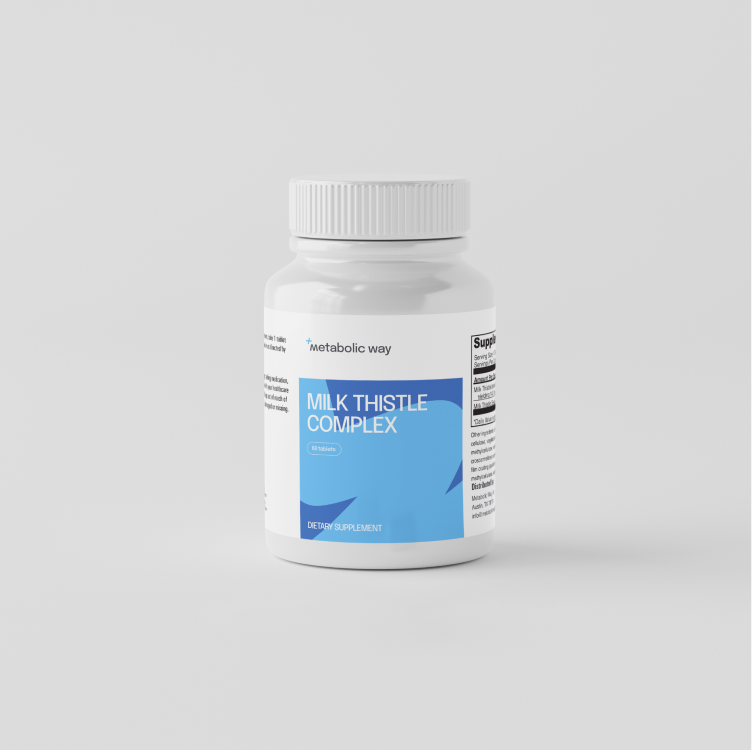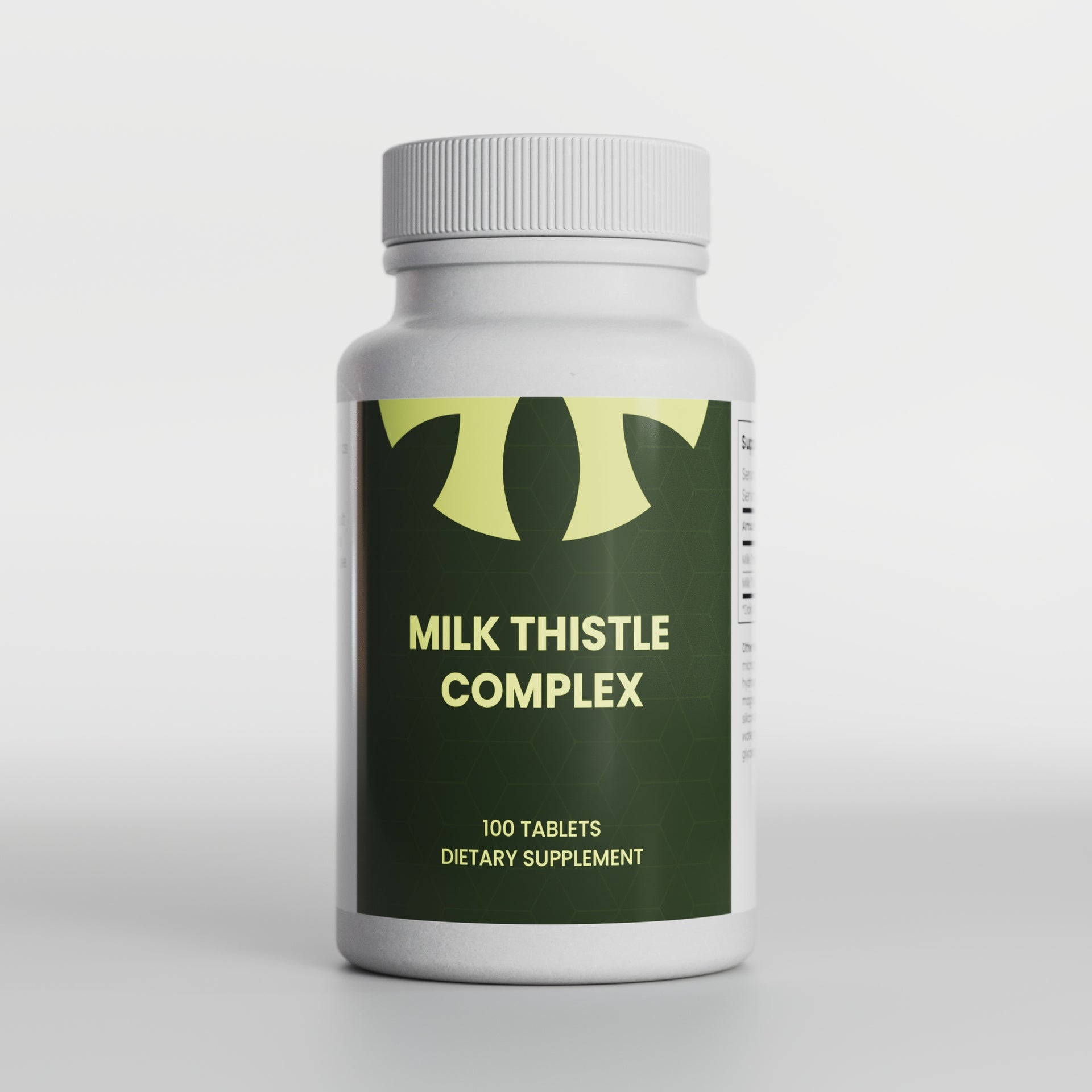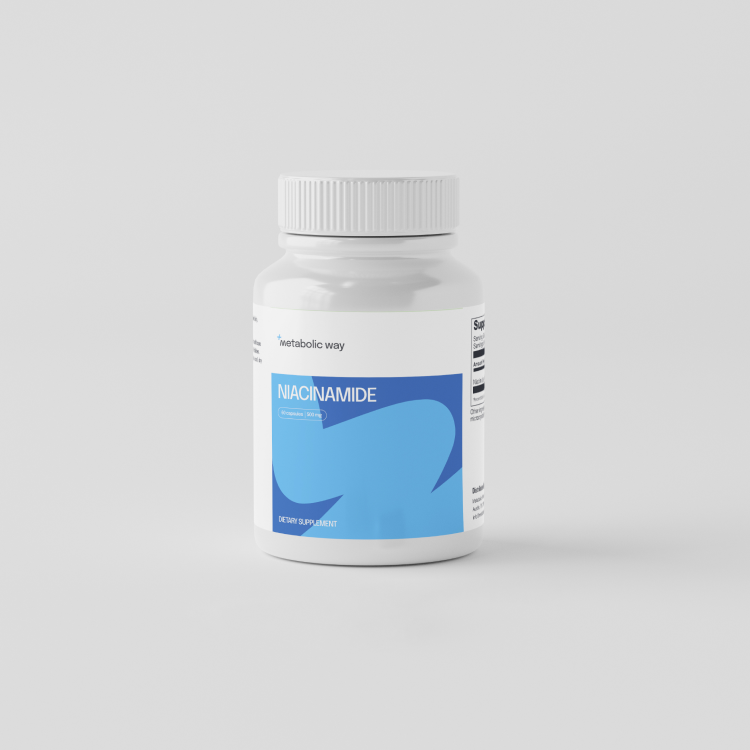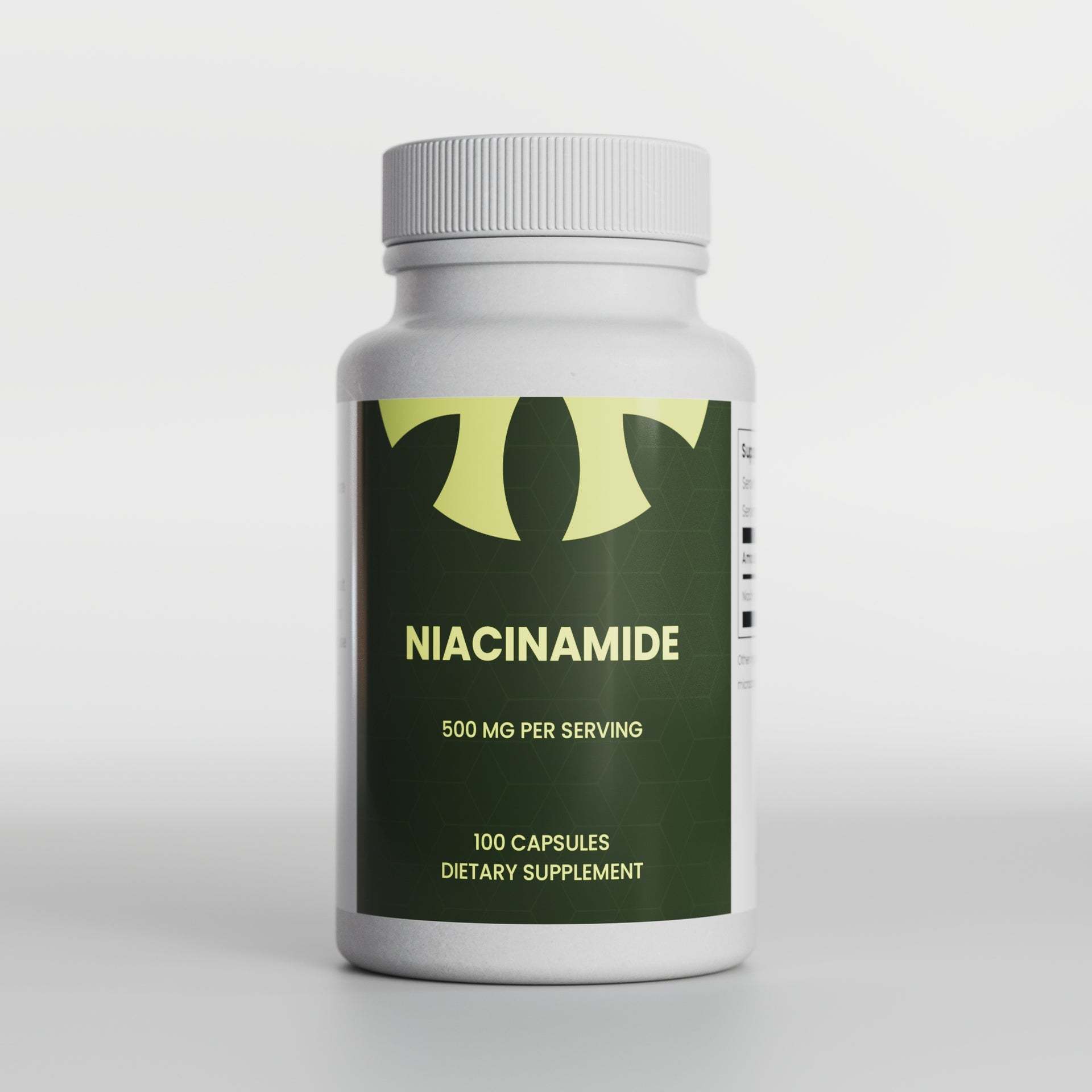Research Highlights:
Main Point 1: Cancer treatments like chemotherapy and radiation can lead to the development of blood disorders, such as myelodysplastic syndrome (MDS) and acute myeloid leukemia (AML), posing significant risks to patients.
Main Point 2: Collecting and storing a patient's own stem cells before undergoing cancer treatment can mitigate the risk of treatment-induced cancers and immune suppression, offering a potential lifeline for patients.
Main Point 3: Stem cell therapy holds promise for both cancer patients and healthy individuals, providing opportunities to restore and strengthen the immune system, ultimately improving health and longevity.
Additional Points:
The article discusses the inspiring story of Robin Roberts, the risks associated with treatment-related MDS/AML, the benefits of storing stem cells, and the potential for stem cell therapy in various medical applications.
Scientifically Reviewed by: Dr. Dipnarine Maharaj, MD, FACP, and Bella Maharaj, Staff Writer at The Tufts Daily, Tufts University, Boston, in June 2019.
Introduction:
In the realm of cancer research and treatment, groundbreaking advancements are paving the way for improved survival rates and better patient outcomes. This article delves into the crucial topic of how cancer therapies, while life-saving, can sometimes inadvertently lead to severe complications, such as myelodysplastic syndrome (MDS) and acute myeloid leukemia (AML). These treatment-related disorders underscore the need for innovative solutions to safeguard patients' health.
What You Need to Know
Point 1: As cancer treatments become more effective, the five-year survival rate for cancer patients is steadily increasing. However, there's a catch: some conventional treatments, such as chemotherapy and radiation, carry an elevated risk of causing secondary cancers like MDS and AML.
Point 2: To combat the potential loss of bone marrow stem cells caused by these treatments, patients can take proactive steps by collecting and storing their own stem cells before undergoing chemotherapy and radiation. This approach can boost immune function and offer a lifeline should treatment-induced cancers occur.
Point 3: Stem cells, concentrated in the bone marrow, possess incredible healing potential. They can restore the immune system, repair damaged cells, tissues, and organs, and hold promise for various medical applications beyond cancer treatment.
Point 4: The article also highlights the story of Robin Roberts, who overcame MDS with a life-saving bone marrow and stem cell transplant. It emphasizes the significance of understanding the risks associated with treatment-related complications.
Section 1: Latest Advancements in Treatment
The first key point of discussion centers on the modern advancements in cancer treatment. These breakthroughs have significantly improved patient survival rates. In this section, we'll explore these advancements in-depth, supported by scientific evidence and statistics.
Subsection 1.1: Stem Cell Mobilization and Storage
Within the broader context of advancements in treatment, this subsection focuses on the critical role of collecting and storing stem cells. We'll delve into the process, benefits, and real-world examples of how this proactive approach can make a difference in patients' lives.
Subsection 1.2: Accessibility and Benefits
Here, we'll discuss the accessibility of stem cell storage, addressing potential economic and access-related issues. Real-world examples, statistics, and references will illustrate the significance of making this option available to a broader population.
Section 2: Mechanisms of Cancer Growth
The second key point revolves around understanding the mechanisms of cancer growth. We'll delve into the scientific evidence supporting this knowledge and how it can aid in treatment and prevention strategies.
Section 3: Clinical Trials and Their Importance
Section 3 highlights the importance of clinical trials in cancer research and treatment. It discusses aspects such as patient testimonials, side effects, and the role of clinical trials in advancing cancer care, all backed by scientific evidence.
Section 4: Broader Implications and Future Research
In this section, we'll explore the broader implications of cancer treatment-related complications and potential future research directions. We'll discuss risk factors, emerging trends in research, and their impact on healthcare systems.
Summary:
To summarize, this article sheds light on the significant advancements in cancer treatment, underscored by the risks posed by treatment-related complications like MDS and AML. It emphasizes the importance of proactive measures such as stem cell collection and storage. Ultimately, it highlights the immense potential of stem cells in restoring health and prolonging life, offering hope for patients and healthy individuals alike. As we venture into an era of innovative therapies and preventative strategies, the importance of understanding and harnessing the power of stem cells cannot be overstated.
References:
- Robin Roberts: Making Her Mess Her Message. Cure Today.
- Kaplan HG, Malmgren JA, Atwood MK. Increased incidence of myelodysplastic syndrome and acute myeloid leukemia following breast cancer treatment with radiation alone or combined with chemotherapy: a registry cohort analysis 1990-2005. BMC Cancer. 2011 Jun 21;11:260.
- Morton LM, Dores GM, Tucker MA, et al. Evolving risk of therapy-related acute myeloid leukemia following cancer chemotherapy among adults in the United States, 1975-2008. Blood. 2013 Apr 11;121(15):2996-3004.
- Morton LM, Dores GM, Schonfeld SJ, et al. Association of Chemotherapy for Solid Tumors With Development of Therapy-Related Myelodysplastic Syndrome or Acute Myeloid Leukemia in the Modern Era. JAMA Oncol. 2018 Dec 20.
- Boddu P, Kantarjian HM, Garcia-Manero G, et al. Treated secondary acute myeloid leukemia: a distinct high-risk subset of AML with adverse prognosis. Blood Adv. 2017 Jul 25;1(17):1312-23.
- Madanat YF, Gerds AT. Can allogeneic hematopoietic cell transplant cure therapy-related acute leukemia? Best Pract Res Clin Haematol. 2019 Mar;32(1):104-13. 7. La Nasa G, Vacca A, Littera R, et al. What Unrelated Hematopoietic Stem Cell Transplantation in Thalassemia Taught us about Transplant Immunogenetics. Mediterranean journal of hematology and infectious diseases. 2016;8(1):e2016048-e. 8. Gragert L, Eapen M, Williams E, et al. HLA match likelihoods for hematopoietic stem-cell grafts in the U.S. registry. N Engl J Med. 2014 Jul 24;371(4):339-48.
- Buzzeo MP, Yang J, Casella G, et al. Hematopoietic stem cell mobilization with G-CSF induces innate inflammation yet suppresses adaptive immune gene expression as revealed by microarray analysis. Exp Hematol. 2007 Sep;35(9):1456-65.
